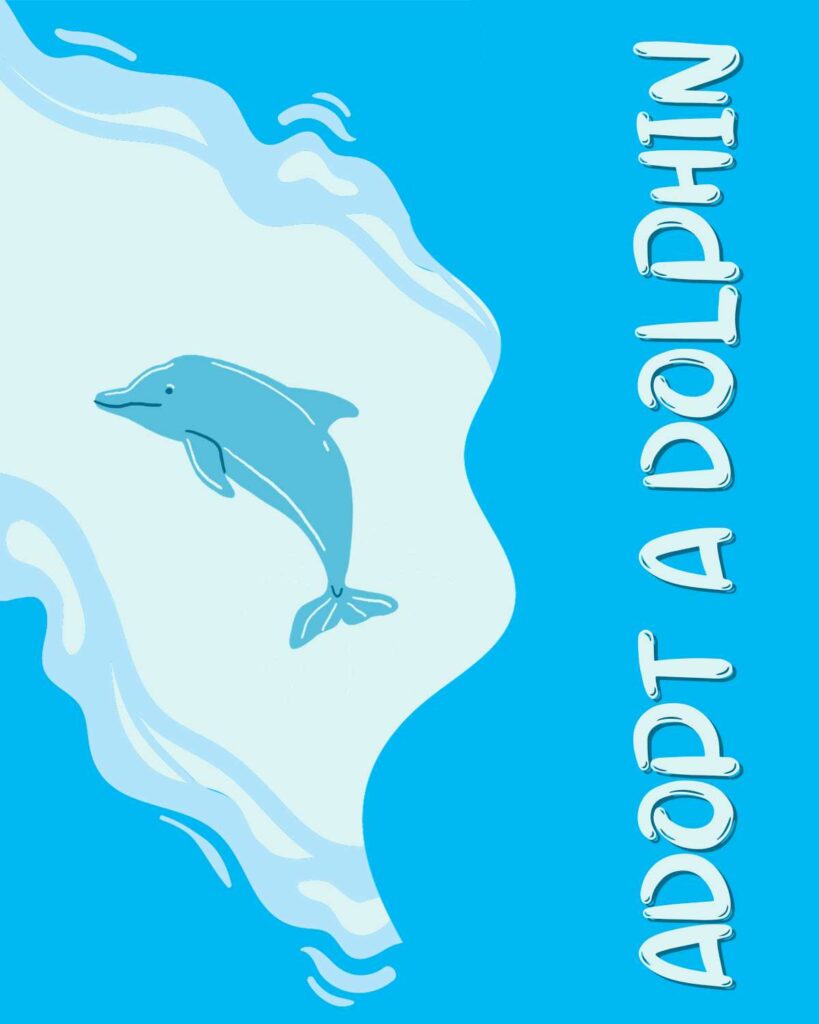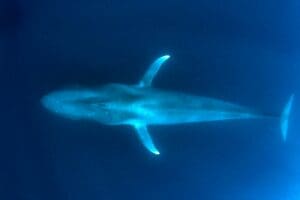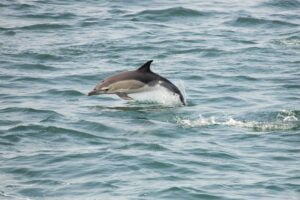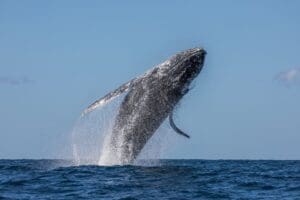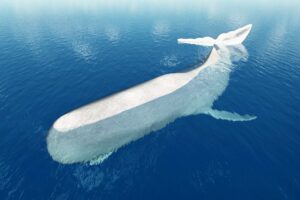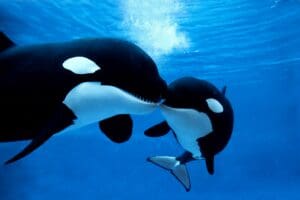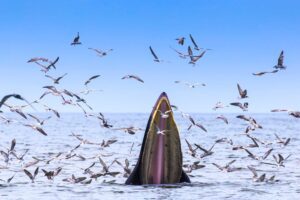Echoes of the Spotted Dolphin
Embark on a captivating journey into the enchanting world of the Spotted Dolphin, a creature as mysterious as it is mesmerizing. In the vast tapestry of the ocean, these playful dolphins paint strokes of joy and intrigue. With their distinctive polka-dotted appearance and spirited antics, Spotted Dolphins have long captured the imagination of marine enthusiasts and scientists alike.
The Spotted Dolphin offers a window into our oceans’ complex and vibrant life, from their acrobatic displays above the waves to their intricate social structures below. Join us as we listen to the echoes of their underwater symphony and uncover the secrets of these joyful inhabitants of the deep blue.
Facts First
Understanding the Spotted Dolphin
Defining Characteristics
You might be familiar with the spotted dolphin’s stunning appearance—sleek, streamlined bodies dotted with spots that increase in number with age and maturity. These marine mammals belong to the ‘Stenella’ genus and are often recognized by their long, slender beaks and dorsal fins, which not only add to their hydrodynamic grace but also are vital for their navigation through the waters.
Habitat and Distribution
Your spotted dolphin is quite the traveler, with a range that spans tropical and some temperate waters around the globe. They tend to prefer offshore habitats but aren’t strangers to coastal areas either, especially when in search of their preferred prey. Through your exploration, you’ll find two primary species: the pantropical spotted dolphin found broadly across the oceans, and the Atlantic spotted dolphin, primarily frolicking in the waters of the Gulf Stream to the east coast of North America.
Diet and Hunting Patterns
Regarding mealtime, your spotted dolphin has a taste for a variety of fish and squid. They employ sophisticated hunting strategies that often involve group coordination to corral their prey or drive them to the surface for an easier catch. You’ll be impressed by their efficiency and teamwork as they communicate and collaborate to ensure everyone in their pod gets fed.
Social Structure and Communication
Your spotted dolphin is a social butterfly of the sea with complex and intricate social dynamics. They enjoy strong bonds within a pod, which can range from a few to hundreds of individuals, often split into subgroups based on age, sex, and reproductive status. Communication is key, and they utilize a rich array of clicks, whistles, and body language to stay connected with their pod mates.
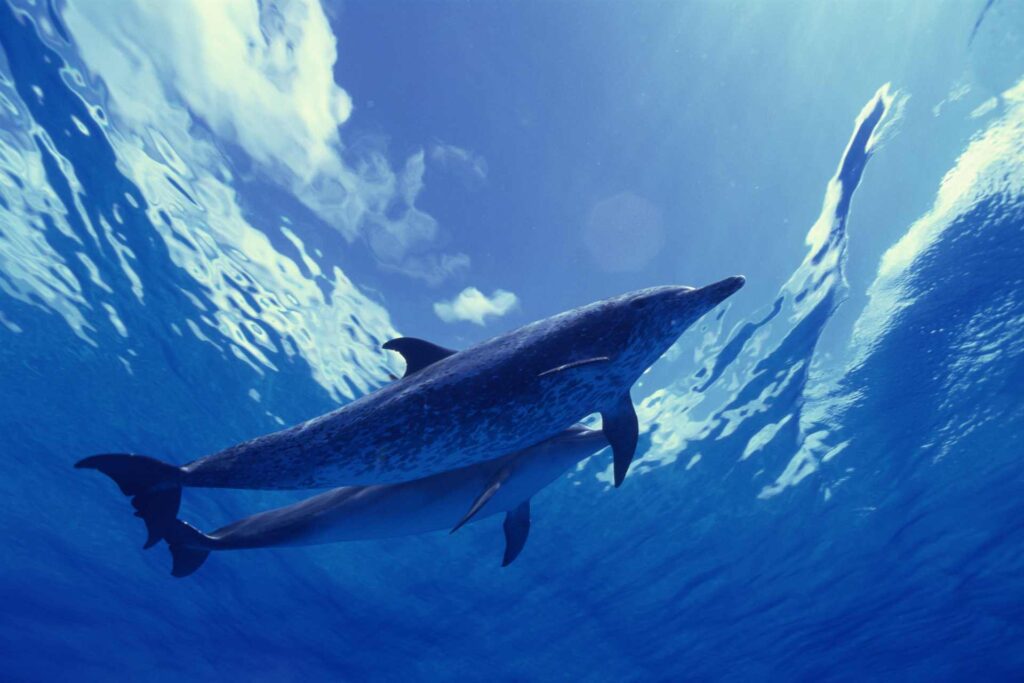

The Acoustic World of Spotted Dolphins
Echolocation Explained
Imagine perceiving the world primarily through sound. That’s the reality for your spotted dolphin, thanks to echolocation. They emit a series of high-pitched clicks, which travel through the water until they hit an object and bounce back, encoding a wealth of information about that object’s location, size, shape, and even texture.
Vocalizations and Social Sounds
The acoustic repertoire of your spotted dolphin is as varied as it is vital. Beyond echolocation, they produce a symphony of whistles and pulsed calls, which serve both social and identity purposes. Each dolphin has a unique signature whistle that functions much like a name, making social interactions as personal as they are practical.
The Role of Sound in Navigation
Sound doesn’t just help your spotted dolphin find food; it also guides them through their vast aquatic homes. Navigation sounds are integral for avoiding predators, locating peers, and navigating within complex coral reefs or murky waters where visibility is low.
Differences in Echoes Among Dolphin Species
If you listen closely, you can distinguish a spotted dolphin’s echolocation clicks from other dolphin species. This is due to the variance in frequency, intensity, and duration of the clicks—a testament to the incredible adaptability and specialization of different dolphin species to their environments.
Historical Perspectives on Spotted Dolphins
Early Scientific Discoveries
Your journey with spotted dolphins can take you back to the days when marine biologists first identified and categorized the myriad of dolphin species, including the characteristic spots that give the spotted dolphin its name. Early scientific expeditions paved the way for our understanding of their behaviors and habitats.
Cultural Significance in Indigenous Communities
For centuries, indigenous coastal communities have acknowledged the intelligence and grace of your spotted dolphin, often imbuing them with cultural and even spiritual significance. In some traditions, dolphins are seen as guides or bearers of good luck, cementing a bond between humans and these creatures that spans generations.
The Impact of Whaling and Capture
Unfortunately, your spotted dolphin has not always been viewed with such reverence. The whaling era saw many dolphins caught unintentionally or used as bait, and the capture of marine parks decimated some populations. However, society’s attitude towards these practices has significantly shifted over time.
Conservation Milestones
Significant conservation efforts have been made in response to the plight of many cetaceans, including your spotted dolphin. From the ban on commercial whaling to the recognition of maritime protected areas, milestones have helped stabilize and, in some cases, increase spotted dolphin populations.
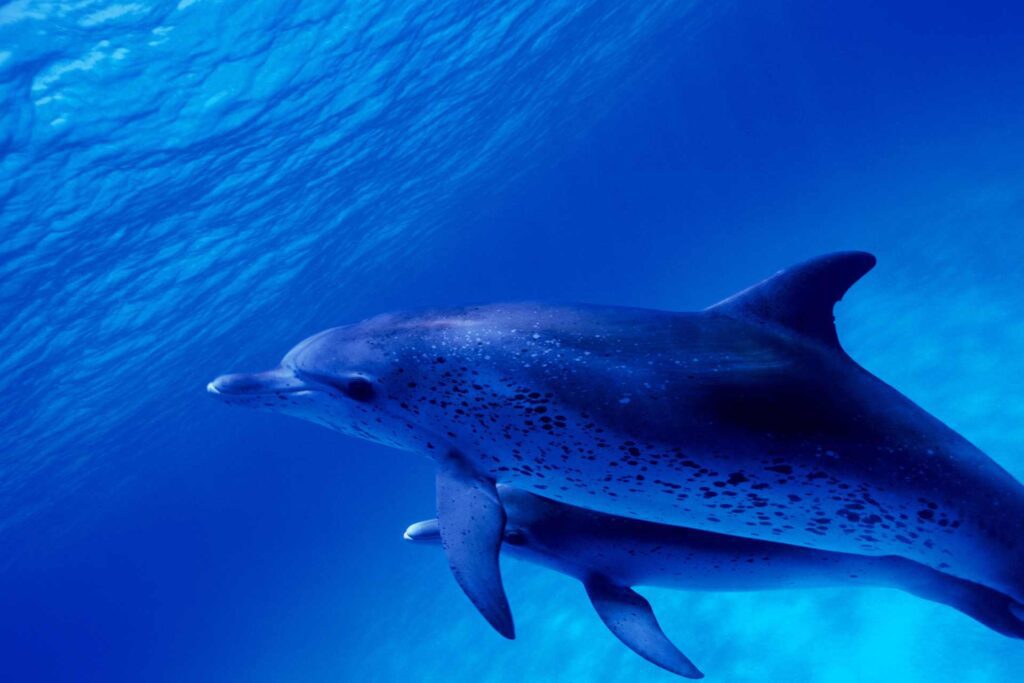

Human Interactions and Impact
The Tuna-Dolphin Dilemma
You might’ve heard of the tuna-dolphin issue, where dolphins are unintentionally caught in nets during tuna fishing. While your spotted dolphins are often the unintended victims, measures like “dolphin-safe” labels and changes in fishing techniques have aimed to reduce this tragic bycatch.
Tourism and Ethical Concerns
As captivating as it may be to swim with dolphins in the wild, it’s crucial to consider the impact on their natural behaviors. Responsible tourism practices ensure that your encounters with spotted dolphins are respectful and minimally invasive, balancing human excitement with dolphin well-being.
Spotted Dolphin Conservation
Conserving the Spotted Dolphin, a species that sparkles with life and energy in our oceans, is a task of global importance. These dolphins, known for their playful nature and distinct markings, face several challenges that threaten their survival.
The Impact of Fishing Practices
One of the primary threats to Spotted Dolphins is bycatch – the accidental capture of dolphins in fishing gear, especially in tuna purse-seine fisheries. The infamous “dolphin-safe” labels on tuna cans arose from the efforts to reduce this impact. While these measures have reduced dolphin fatalities, bycatch remains a significant threat.
Habitat Degradation
The health of Spotted Dolphins is directly tied to their habitat. Pollution, oil spills, and chemical contaminants can degrade their environment, leading to health problems and reduced food availability.
Noise Pollution
Increased ocean noise, primarily from shipping traffic and seismic surveys, disrupts the dolphins’ communication and navigation abilities. This acoustic pollution is a growing concern in marine conservation.
Climate Change
As a long-term threat, climate change alters ocean temperatures and current patterns, potentially impacting the distribution of the dolphins’ prey and, consequently, their foraging habits and migration routes.
Conservation Efforts
Conservation organizations and governments are working together to protect Spotted Dolphins. Key efforts include:
- Enforcing and improving fishing regulations to minimize bycatch.
- Monitoring and protecting their habitats from pollution and degradation.
- Implementing strict guidelines for oceanic noise levels to reduce acoustic pollution.
- Supporting research on Spotted Dolphins to better understand their behavior, social structure, and needs.
Public Awareness and Involvement
Public education and awareness campaigns are crucial. Informing people about the dolphins’ plight and how they can help, such as supporting eco-friendly seafood choices and conservation organizations, is a step towards ensuring the continued survival and thriving of Spotted Dolphins.
Looking Ahead
The future of Spotted Dolphins hinges on our actions today. Continued research, effective policy implementation, and public involvement are key to navigating the course toward a sustainable future for our oceans’ lively and charismatic inhabitants.
FAQ
What is a spotted dolphin called?
A spotted dolphin is typically referred to as either an “Atlantic Spotted Dolphin” (Stenella frontalis) or a “Pantropical Spotted Dolphin” (Stenella attenuata), depending on its habitat.
Are spotted dolphins friendly?
Spotted dolphins are known for their curious and playful nature, especially around humans. They are often considered friendly, frequently approaching boats and swimmers.
What do spotted dolphins eat?
Spotted dolphins primarily feed on small fish, squid, and crustaceans. They are skilled hunters and often work in groups to herd their prey.
What are some fun facts about spotted dolphins?
Fun facts about spotted dolphins include their acrobatic skills, such as leaping and spinning in the air, their development of spots as they age, and their ability to communicate with a variety of sounds. They are also highly social and intelligent creatures.
Which dolphin is the friendliest?
The “bottlenose dolphin” is often considered the friendliest towards humans, known for its approachable and playful behavior.
Is it OK to touch a dolphin?
It is generally advised not to touch dolphins, especially in the wild, to avoid stress or harm to the animal and potential risk to humans.
What to do if a dolphin swims up to you?
If a dolphin swims up to you, remain calm and avoid making sudden movements. Enjoy the experience from a distance without touching or feeding the dolphin.
What does it mean when a dolphin circles you?
When a dolphin circles you, it can be a sign of curiosity or playful behavior. Dolphins are known to be curious about humans and may circle to observe or interact.
Can dolphins bond with humans?
Dolphins can show signs of bonding with humans, especially in controlled environments like aquariums. They are capable of recognizing individual humans and can exhibit affectionate behaviors.


